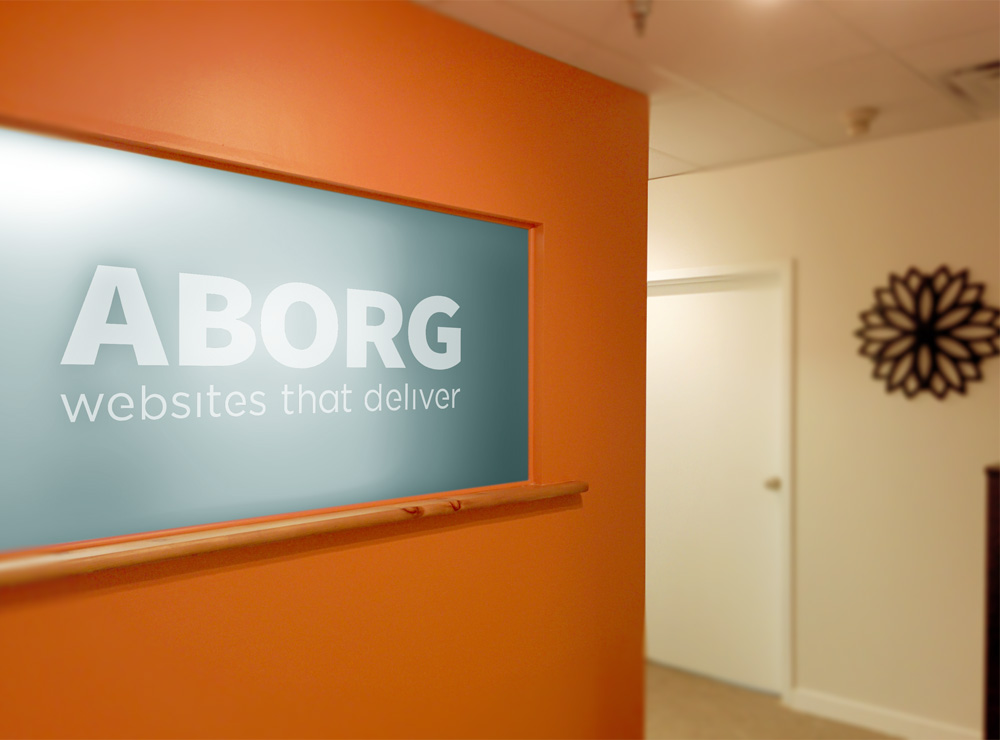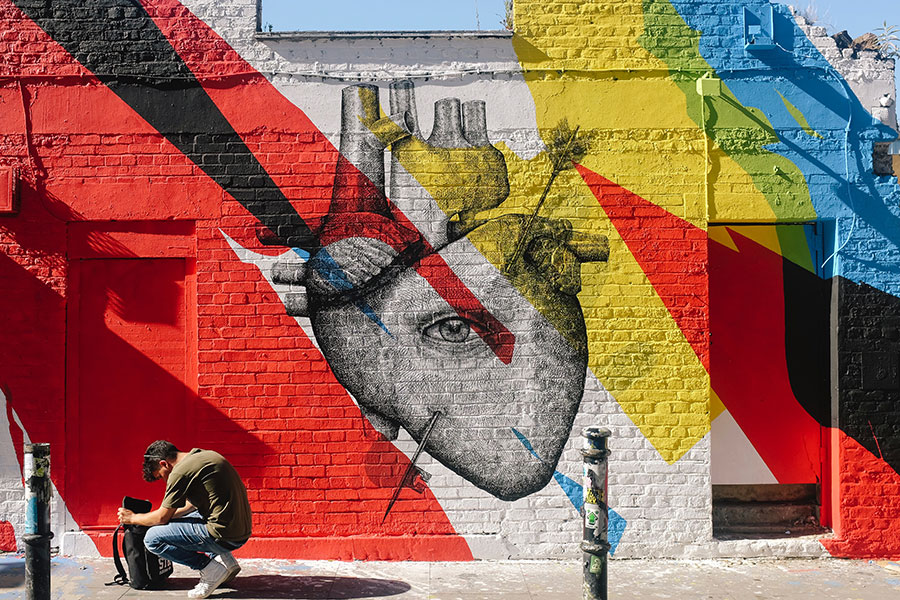Downloading Quality Stock Photos: A General Guide for Avoiding Bad Images
Google vs. Bing? Which One Are Your Customers Using?
August 5, 2014
ABORG’s Office Move – What Does Business Location and Website Design Have in Common?
November 27, 2014Here at ABORG, we strive to constantly deliver the highest quality work to our clients. Like every other developer, we often have to turn to stock photography to provide a richer web-browsing experience for the users, because a website without images is like a sandwich without mayonnaise – it’s just not worth it!

That being said, I have a love-hate relationship with stock photography. You can spend hours browsing a site like Shutterstock.com or 123rf.com, and not find that perfect image that fits a design because there are countless amounts of outdated and cheesy images. Often, the task quickly becomes daunting.
On the other hand, you can save yourself quite a bit of money by finding great pictures online as opposed to hiring a professional photographer. Professionals can cost upwards of $100 an hour, where stock photos typically cost a few dollars a pop.
Our designers, including myself, have an eye for design and lots of experience to help you find the right image for your project, but what happens when the task falls on you, the client? Maybe your company already has a library of images they want to use. Maybe it’s because of budget constraints. Maybe you have a stubborn CEO. Whatever the reason, every now and then, you may have to step-up your game and get your creative juices flowing!
Here are a few tricks and tips we’ve learned over the years on how to choose the right stock photos:
The Don’ts:
1) No people in suits touching, holding or pointing to imaginary things.
This is one of the most prominent clichés on big stock photography websites. These guys are everywhere! Don’t download these pictures unless you want your website to look like a cheaply-made sci-fi TV show.

2) No 3D objects or icons. Try to avoid 3D as much as possible, as it does not fit in well with the modern trend of flat design.
We’ve all seen the 3D stick-figure men with a tie, or the 3D globe floating in space. The fact is that recent design trends are going as far away from 3D as possible, even eliminating gradients and shadows in an effort to keep things as simple as possible. Don’t get stuck in the past.

3) No pictures of outdated technology, such as corded computer mice, cables or CD players, etc. Try to stick to Apple products if applicable.
Apple products translate very well online because they are clean, attractive and easily recognizable.

4) No models smiling directly at the camera, unless the project requires that specifically.
This one is pretty self-explanatory. A model that has been captured in action with a genuine expression on their face is so much more relatable than a fake pose and smile.

5) Avoid combinations of models and digital graphics combined. This is very cheesy.
See point 1.

6) Avoid motivational words and graphics written on chalkboards, screens or keyboards.
There are a million ways to express an idea without using the actual word itself. In some cases, your audience may be offended that you had to literally spell out the thoughts you are trying to convey. Images should contribute to your readers’ own thought process and help them get to the conclusion themselves – not distract and derail them.

7) Isolated images are generally bad news.
This applies in most cases, unless you are selling a very high-end and attractive product, or if your design uses a lot of white-space. Here are two examples:


8) You don’t always have to be literal
Sometimes, coming up with an abstract concept as opposed to showing the actual representation of an idea can have a big impact on the design:


The Do’s
1) Take your time.
Don’t just go and choose the first few pictures in the list. Take time to look through many pages and browse lots of related keywords.
2) Look for interesting angles
Look for images that were shot with interesting perspectives. It helps give depth to the site, and breaks up the monotony.

3) Image Filters are in
Think of Instagram as Exhibit A.

4) Check out the Popular Downloads Section
Most big stock photography sites have a popular downloads section. If you can’t come up with anything, go see what others are downloading. It may lead you on an unexpected journey.
5) Come up with many keywords for your topic
Try dozens of keywords that relate to your theme. If your project is about technology, try searching words like: software, computers, innovation, speed, binary, etc…
Of course, none of this is an exact science. Photography, like any art form, is very subjective. Everyone and their mothers have their own opinions on what is hot or not, but generally speaking, by avoiding clichés and following the guidelines as mentioned above, we all win.
Are the images on your site bringing you down? Ask us how we can help!




